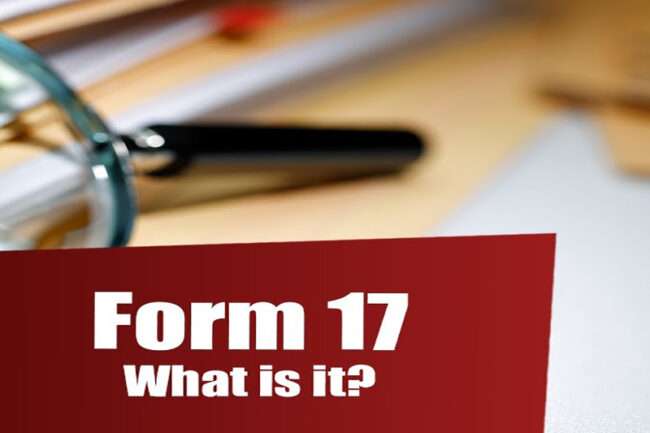For many married couples who jointly own rental properties, there’s a common misconception that declaring the profit on one individual tax return fulfills their legal obligations. However, this might not always hold true, especially in cases of uneven income distribution, where the completion of a Form 17 might be necessary. This guide outlines the fundamental requirements of Form 17 and explores its potential for efficient tax planning.
Understanding Ownership Types
When it comes to property ownership by more than one person, there are two main arrangements:
1. Joint Tenants:
In this setup, each owner is deemed to possess an equal share of the property. For instance, three joint tenants would collectively own a third of any income or capital gains from the property. Upon the demise of one owner, the property automatically transfers to the remaining joint tenants in equal portions, and none can sell their share without mutual consent.
2. Tenants in Common:
Here, each owner’s share is distinct, potentially unequal, and can be disposed of during their lifetime or after their passing, as per their preference.
While two or more unmarried individuals can co-own property, it’s more customary for such property to be held as tenants in common.
Tax Implications for Unmarried Owners
In cases where a property is owned by unmarried individuals or within a formal business partnership, tax follows beneficial ownership, not just legal ownership. This means that rental profit or loss may be allocated differently from the underlying beneficial ownership. The split can be customized to the owners’ agreement, referring specifically to profits and losses, not necessarily to future capital proceeds upon potential sale. Form 17 is not applicable to unmarried owners of jointly held property.
Married Owners and the Significance of Form 17
By default, tax law (s836 ITA 2007) dictates that rental profit from property jointly owned by spouses/civil partners is taxed at a 50:50 ratio, regardless of actual ownership proportions. This default, however, does not apply to property held within a formal business partnership.
If it’s more tax-efficient to divide the profit differently, this can be achieved by holding the legal title as tenants in common and submitting a Form 17 to HMRC. Both spouses/civil partners must sign the form jointly. Failure to obtain both signatures leads to acceptance of the standard 50:50 default split.
The form must be submitted within 60 days of the declaration, and backdating is not possible, as strict time enforcement is in place. The new proportions remain in effect until the couple’s beneficial interests change or certain events occur, such as one spouse/civil partner’s passing or separation.
Importance of a Declaration of Trust
The specified share in a property held as tenants in common is not displayed on the property’s title deeds. Instead, it’s recorded in a formal document known as a “declaration of trust,” signed by all parties and registered with the Land Registry. This declaration of trust, along with Form 17, provides evidence that the property is jointly held in unequal shares.
Practical Points:
The proportions submitted via Form 17 persist for all subsequent years, with no limit on the number of submissions.
Even a slight change in interest cancels the declaration, reverting to the standard 50:50 split. Therefore, a change of just 1% in ownership can lead to a different tax split, depending on the respective tax rates.
It’s advisable that when a married couple purchases a property together, they do so as tenants in common and sign a declaration of trust. This allows for a Form 17 election to be submitted, providing flexibility for potential tax planning.
Form 17 isn’t required for furnished holiday lets.
Capital Gains Consideration
Regardless of how rental income is treated for income tax, the underlying beneficial ownership determines the capital gains tax treatment upon sale. Therefore, for effective tax planning, any allocation at the time of sale should aim to utilize each owner’s full CGT allowance.
If you have any questions or need further clarification on this guide, feel free to get in touch.
Remember, tax laws may change, so staying updated is crucial for making informed decisions about your RSUs.

